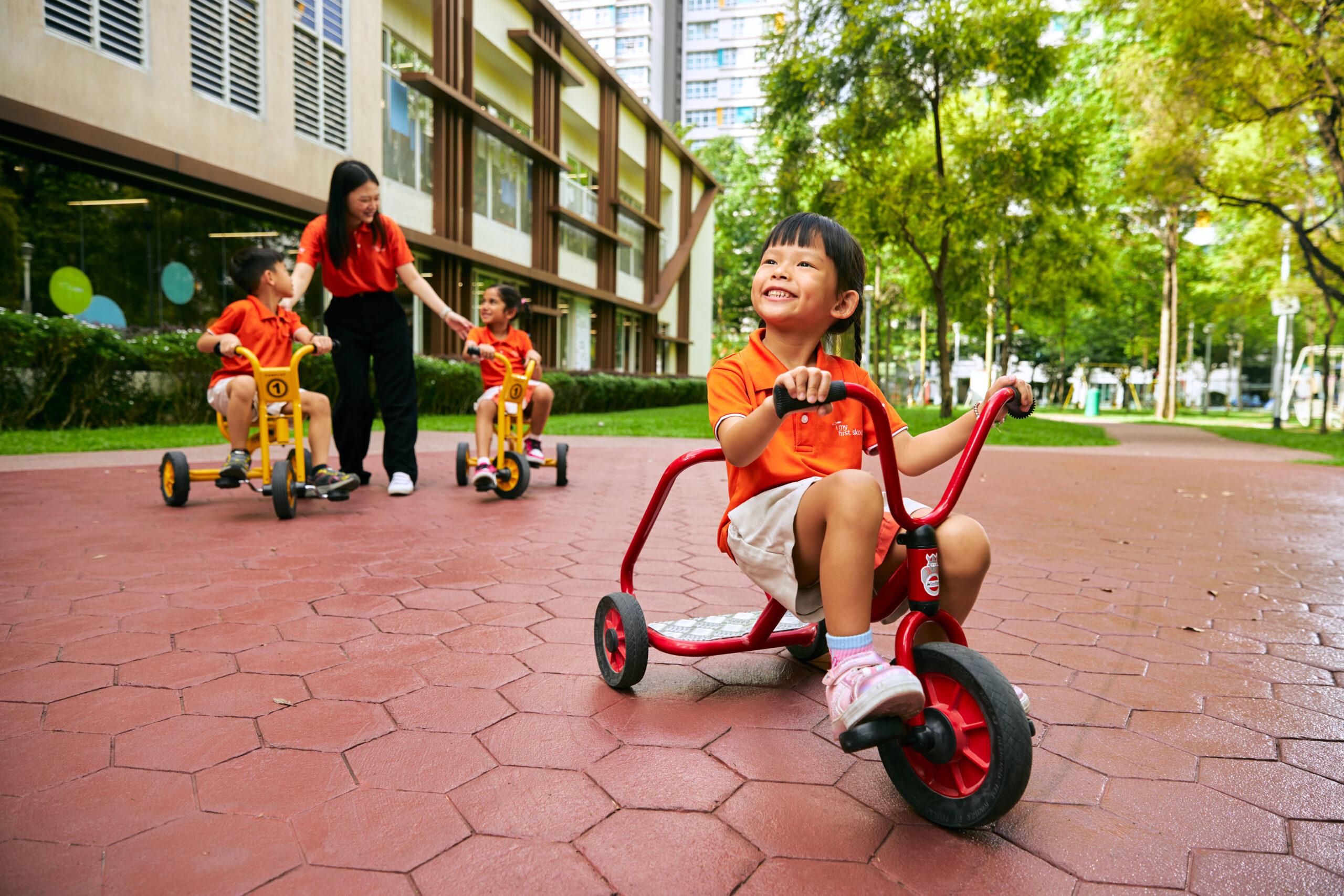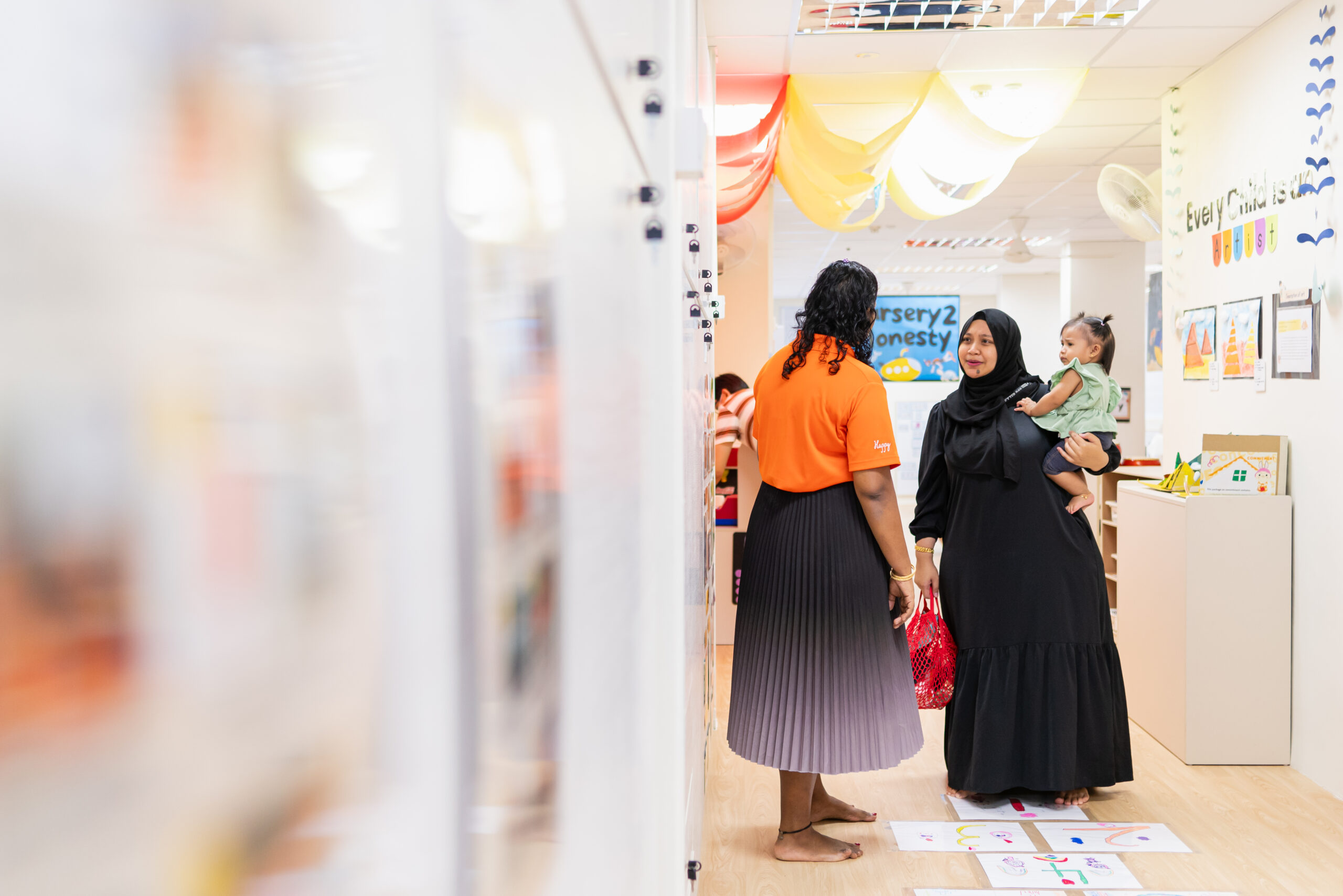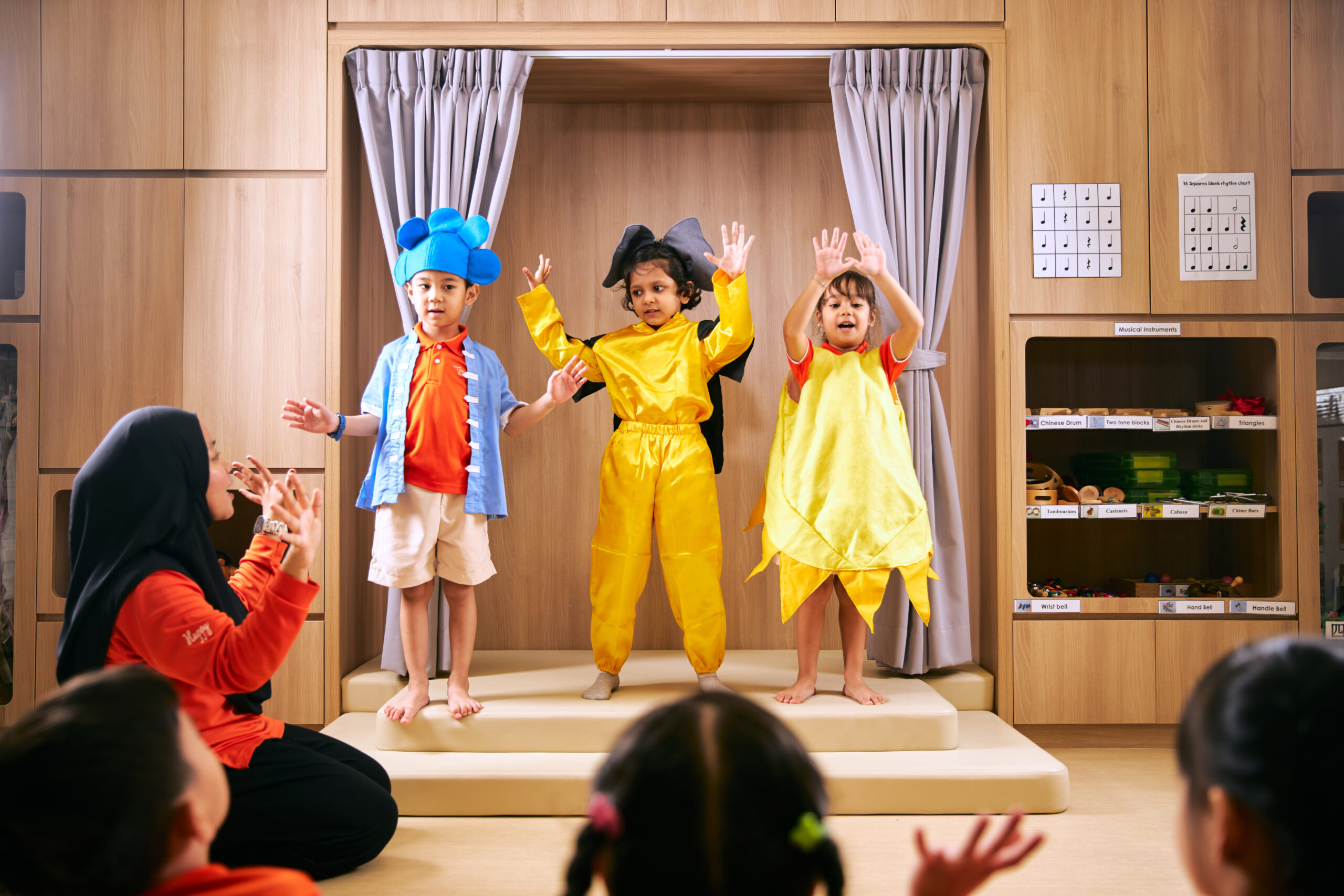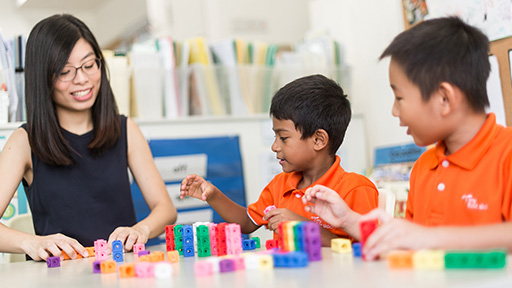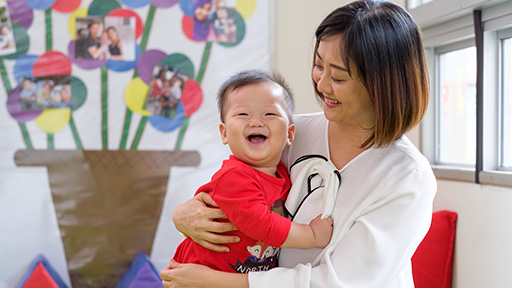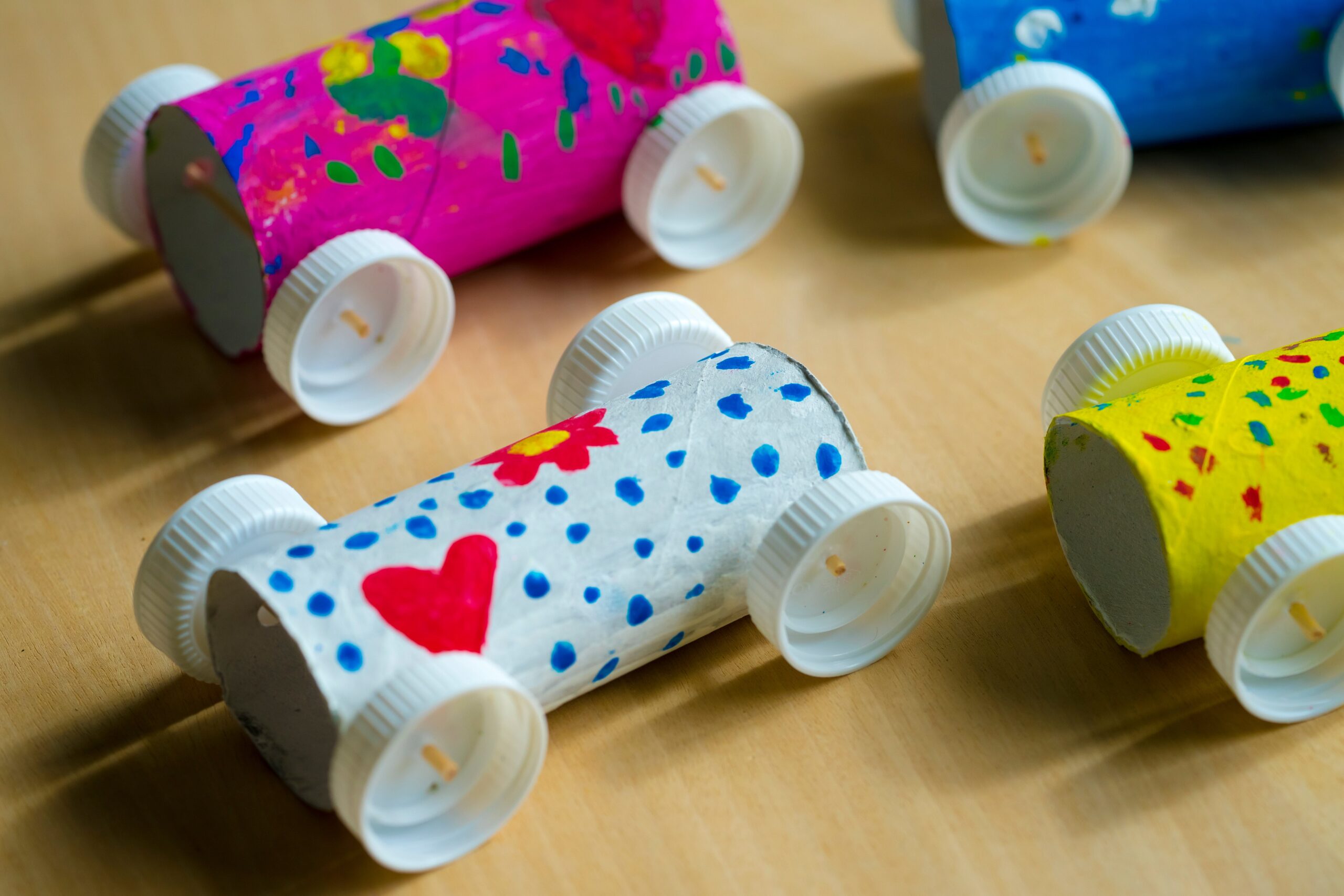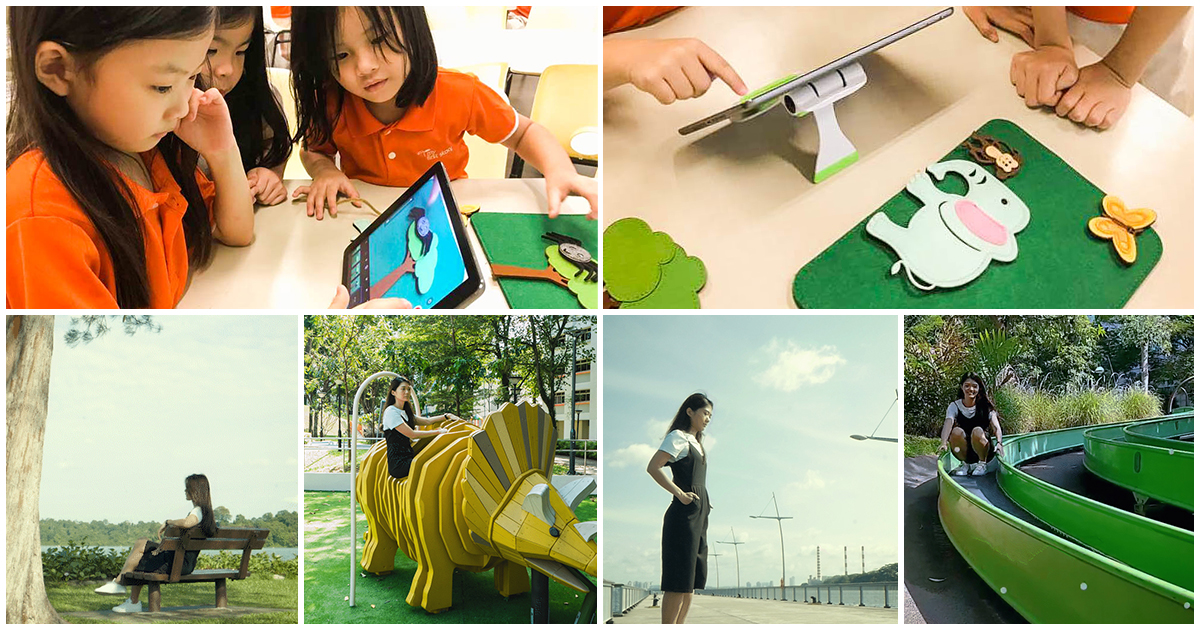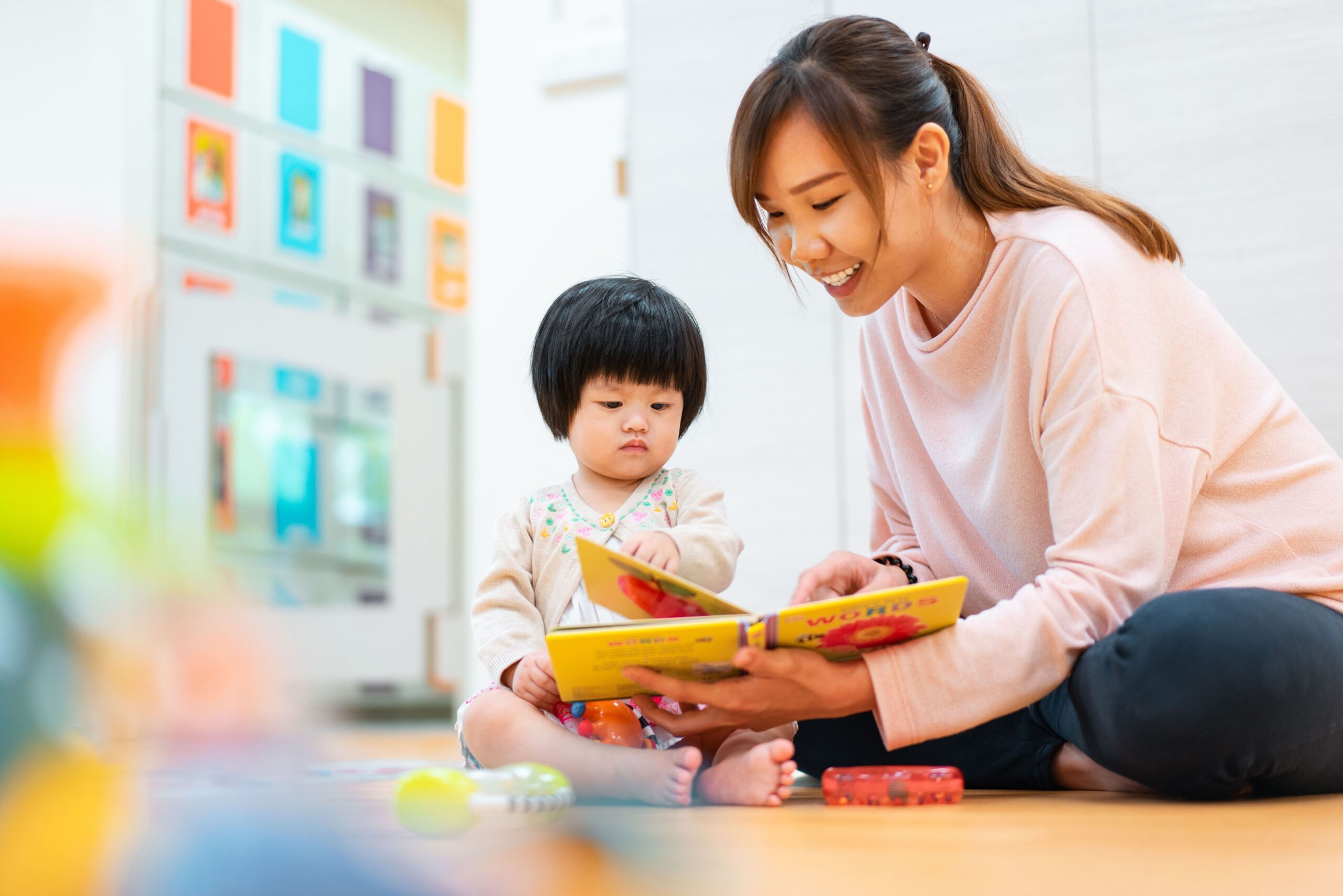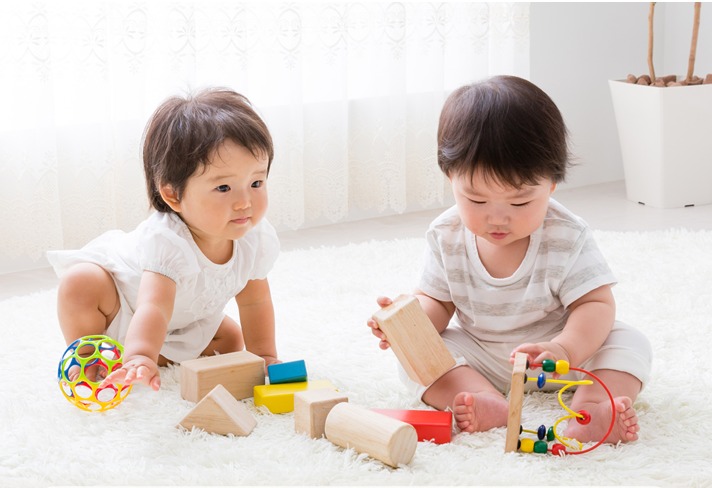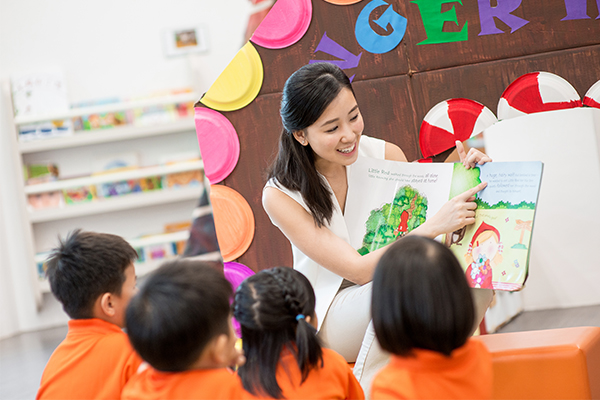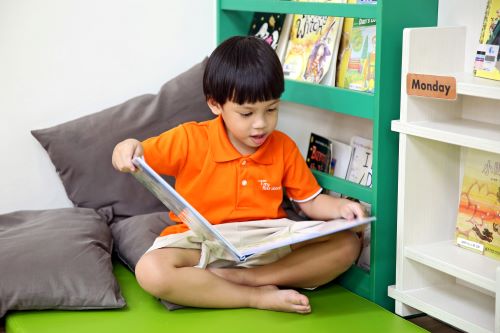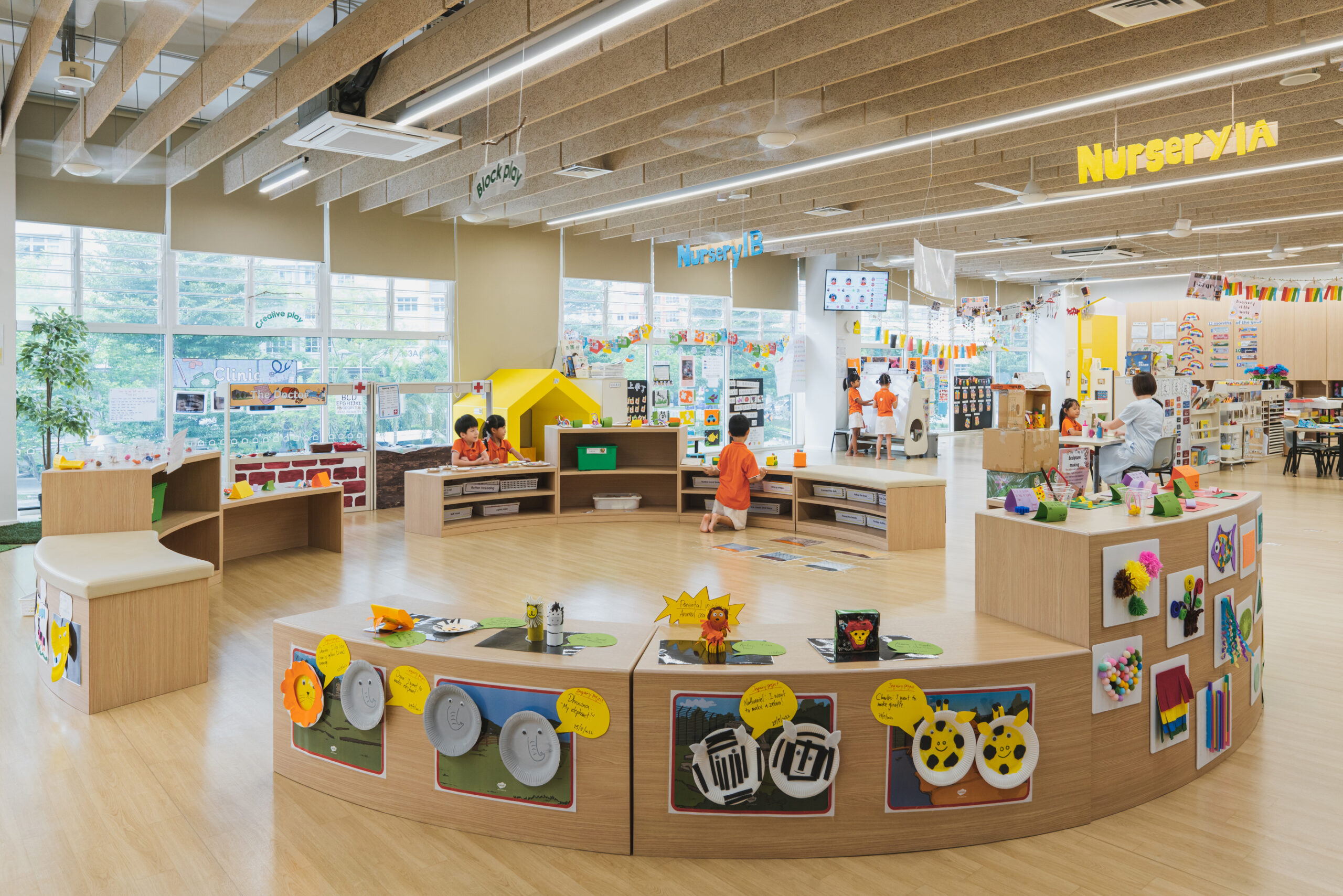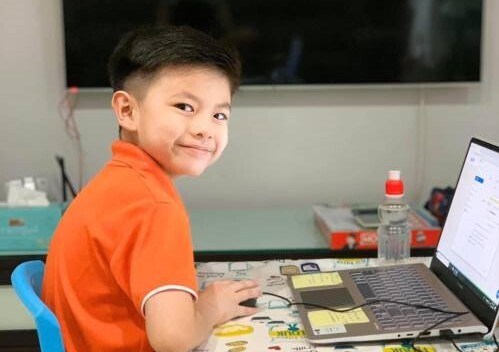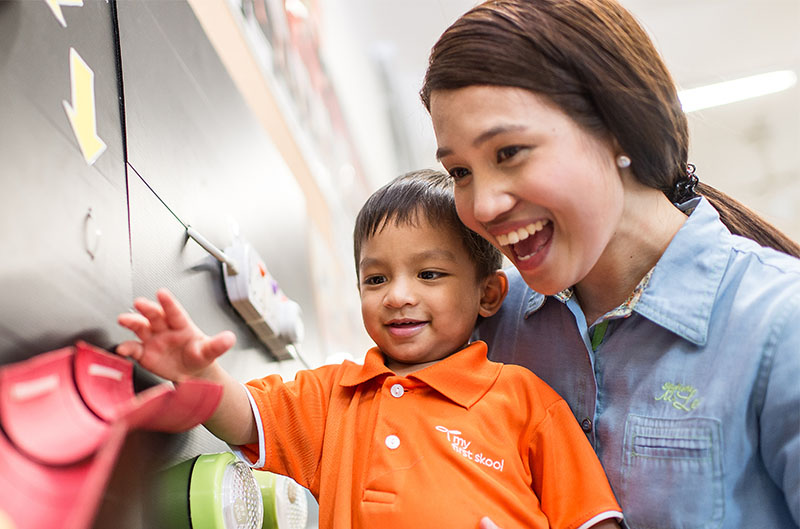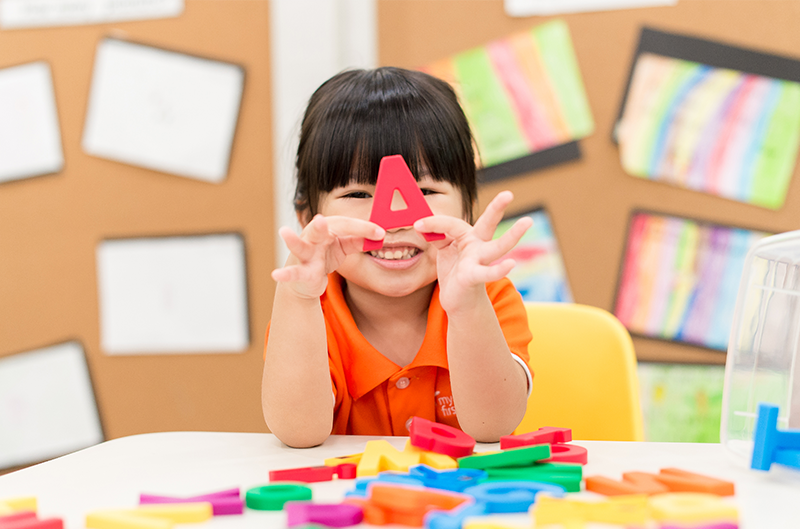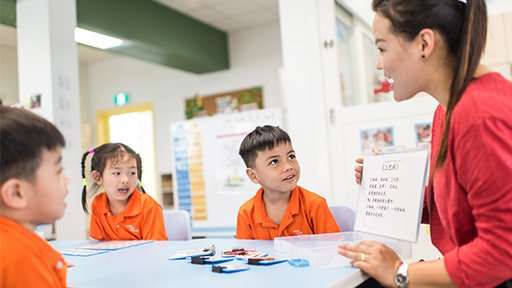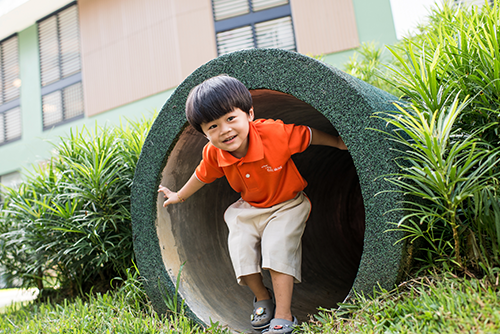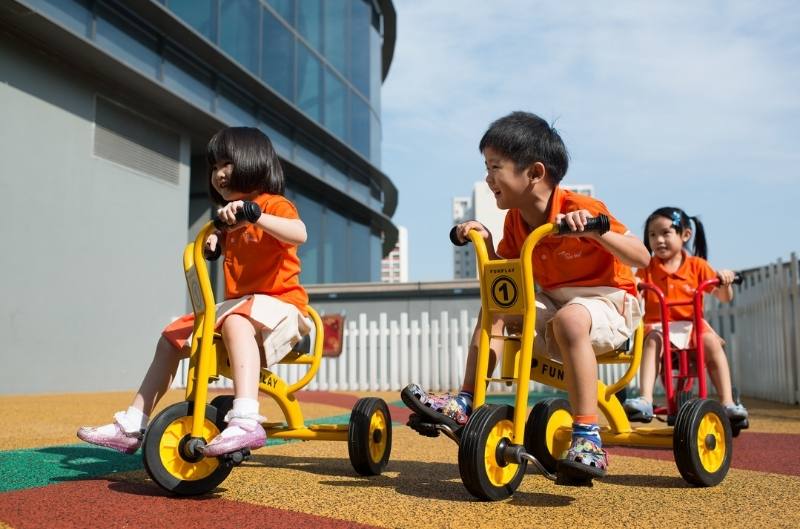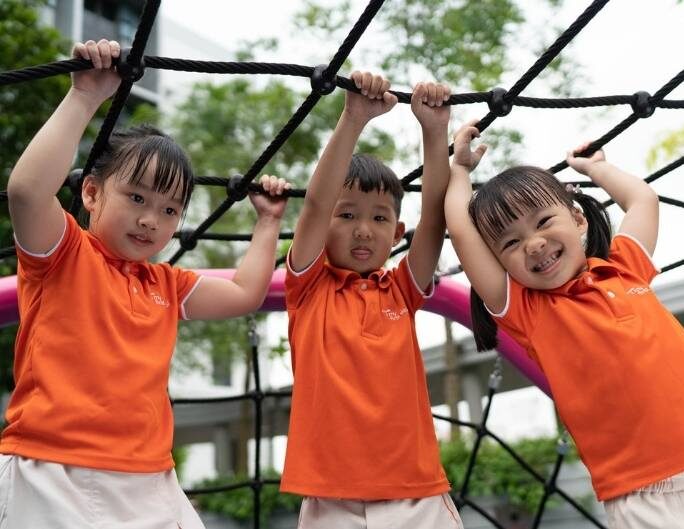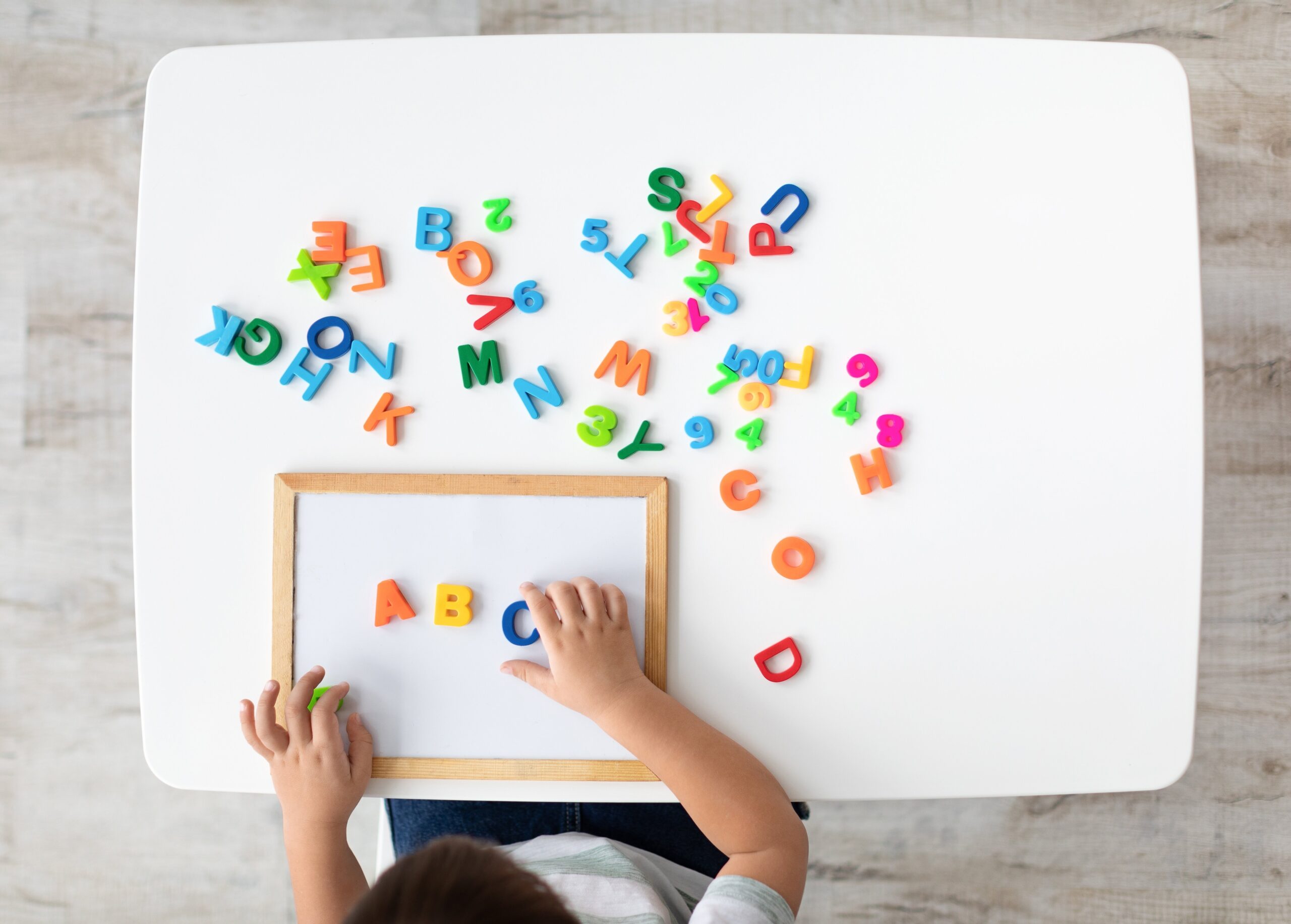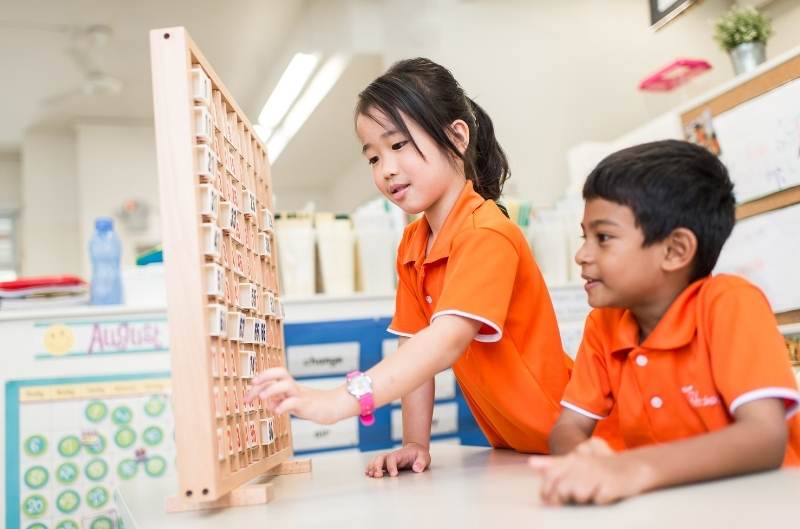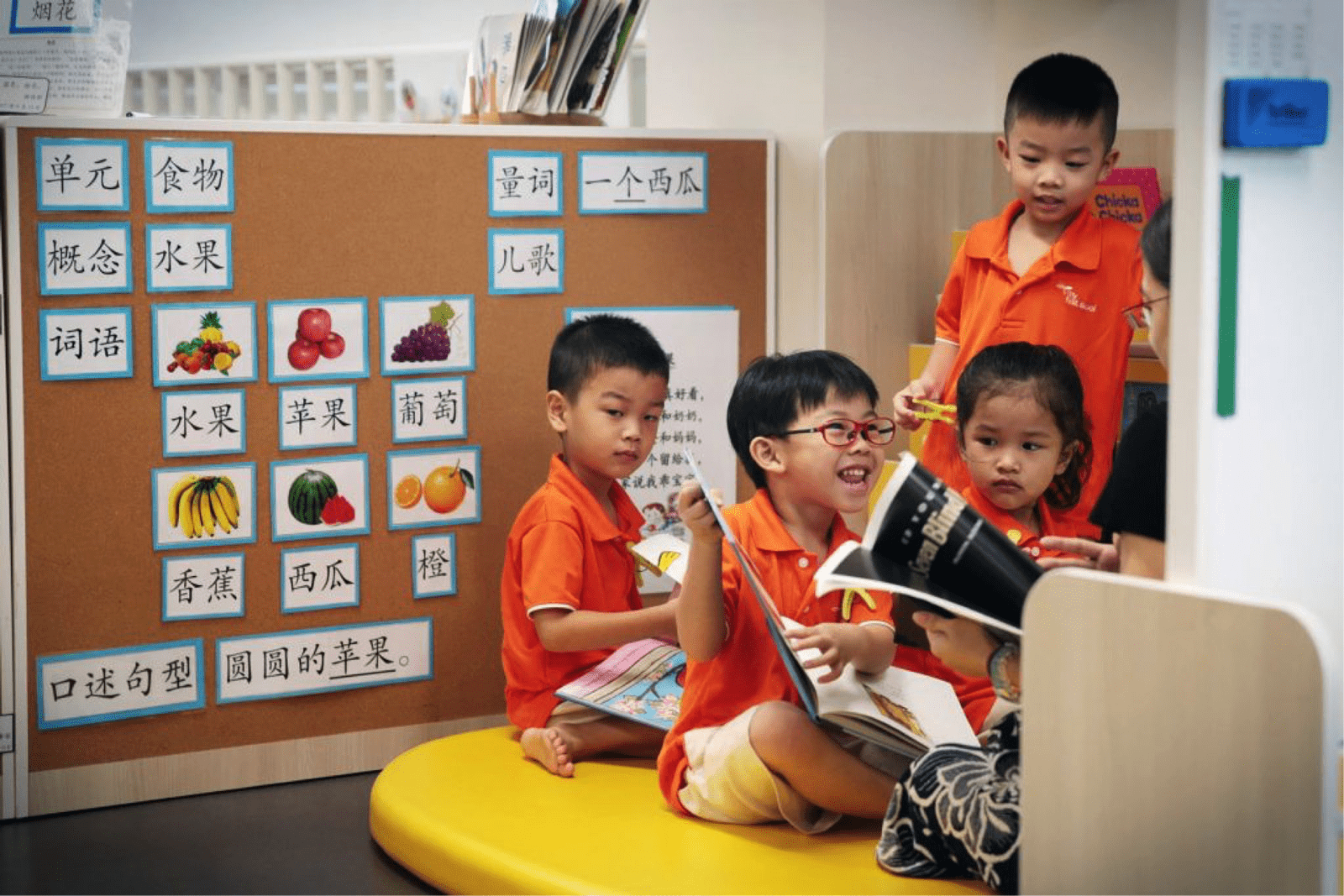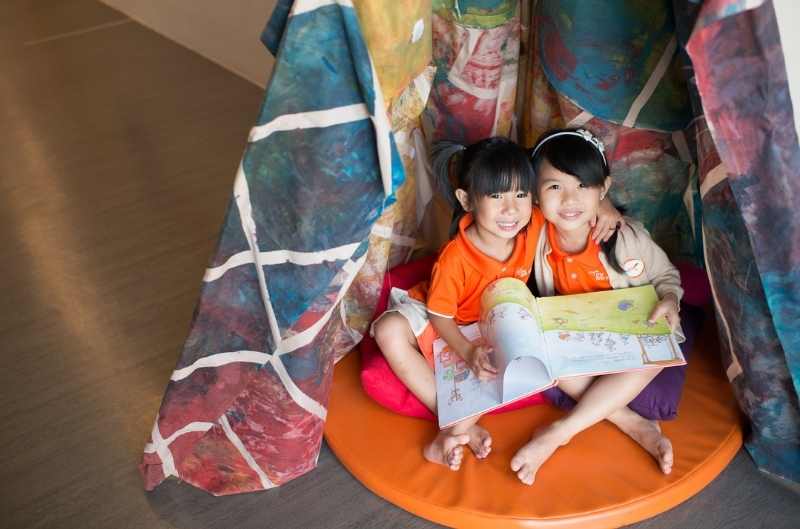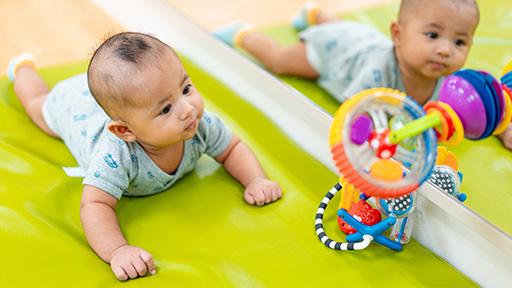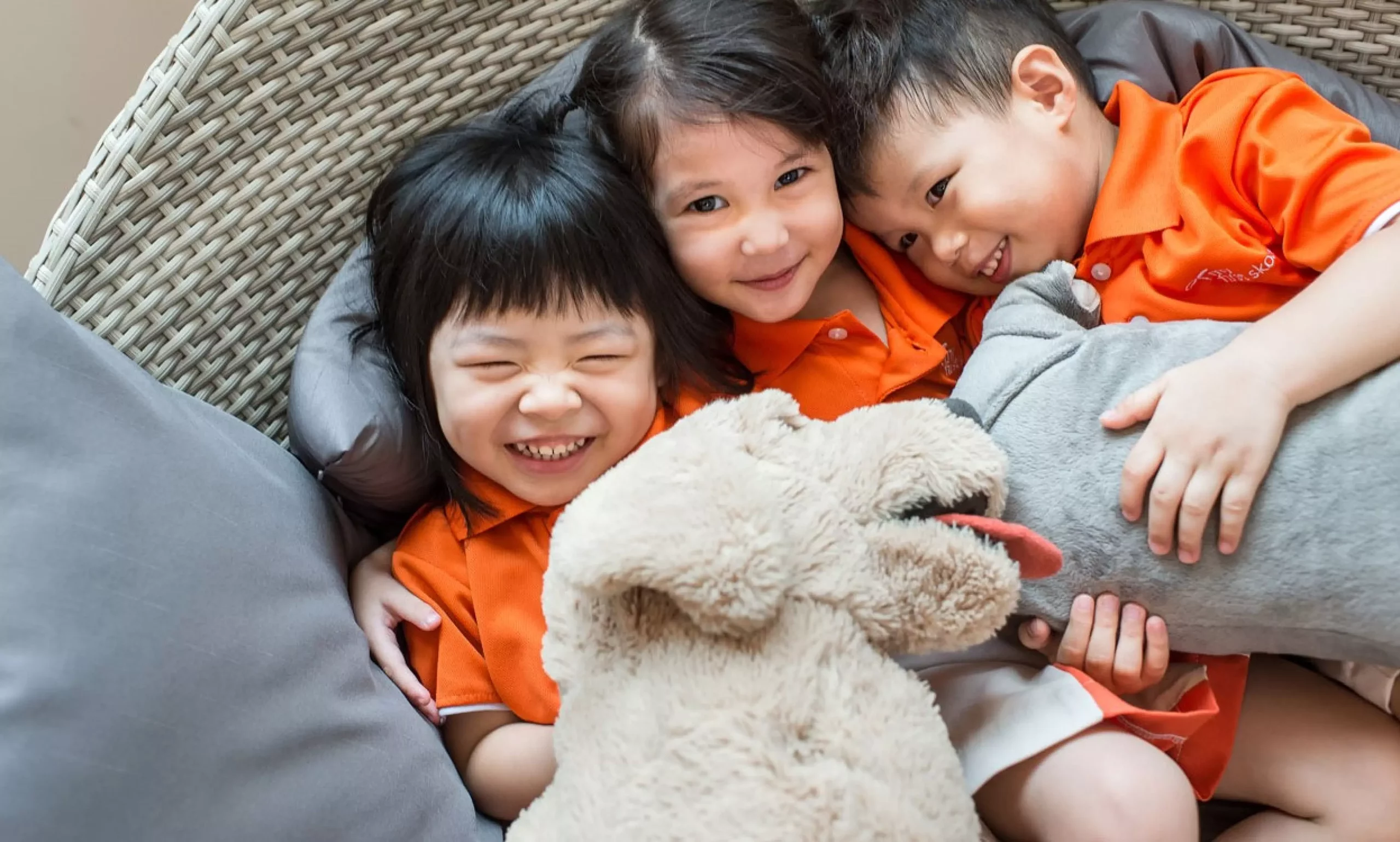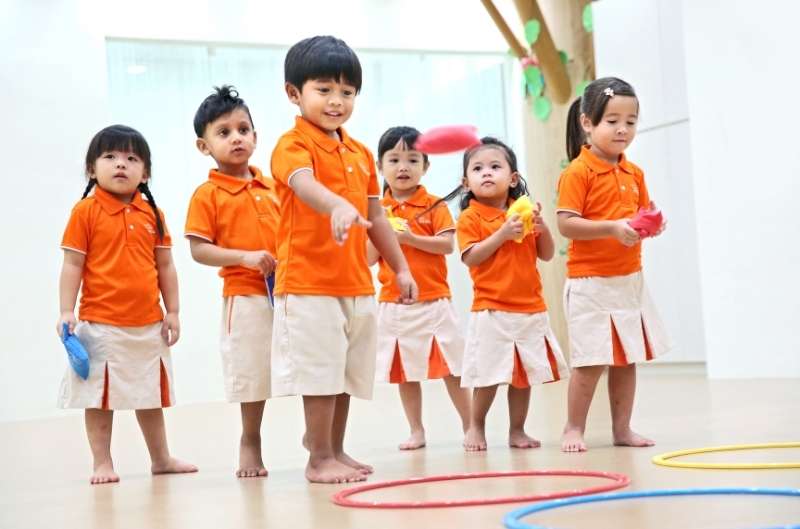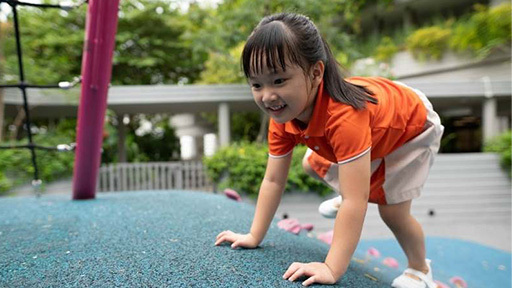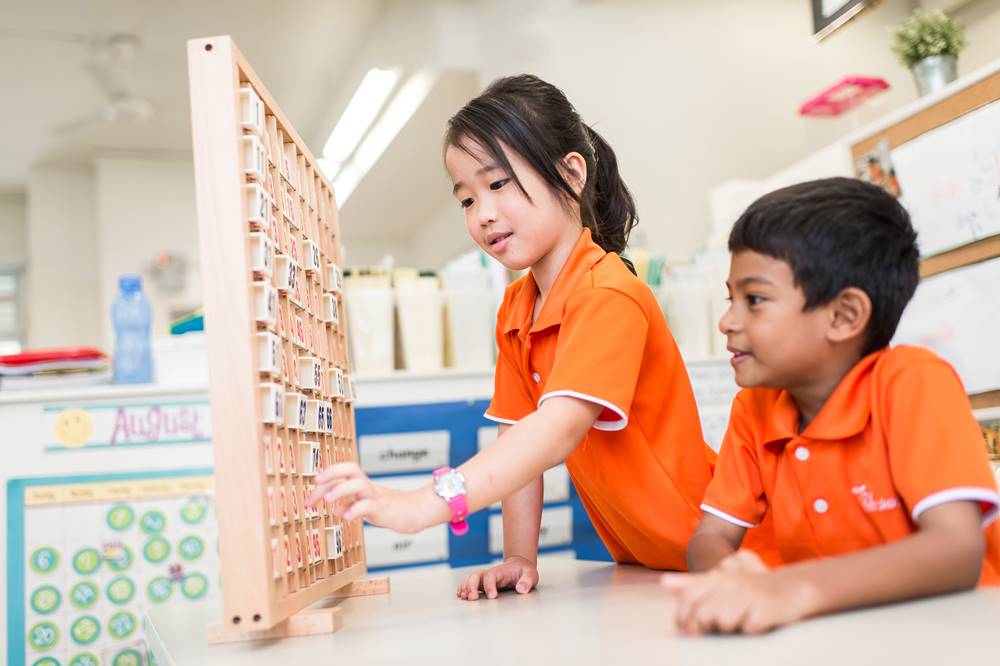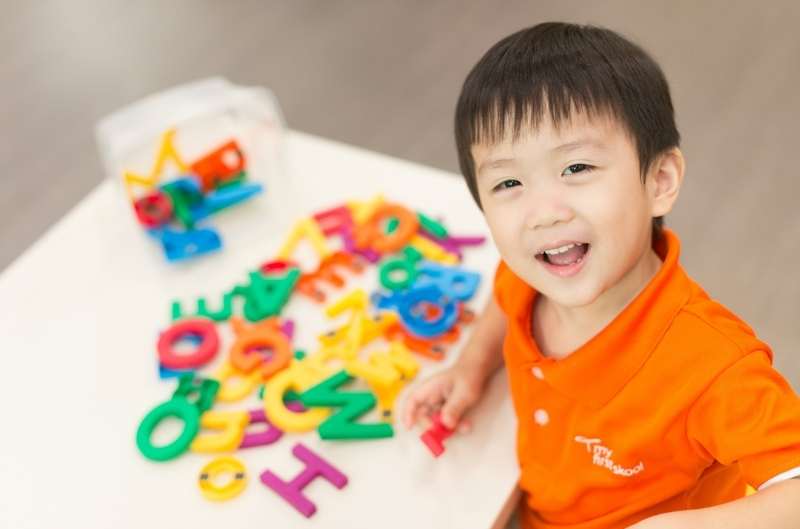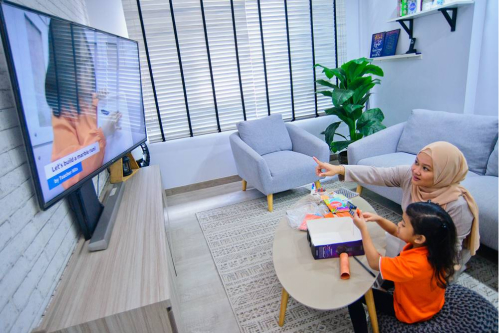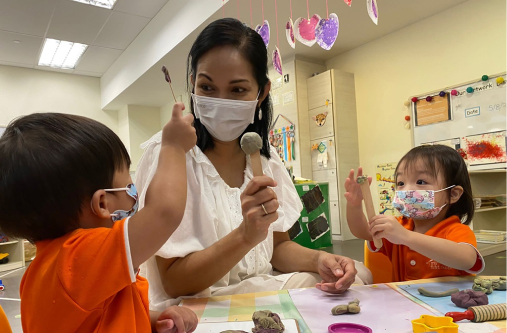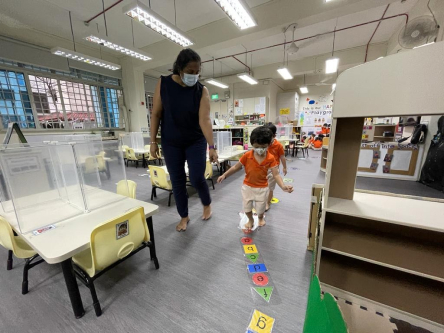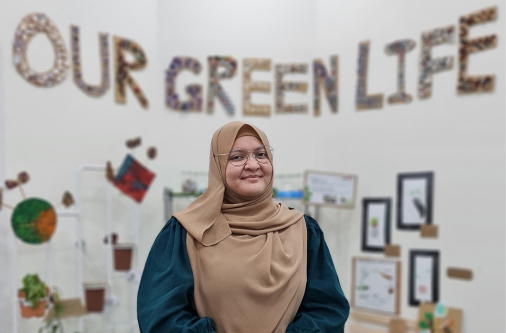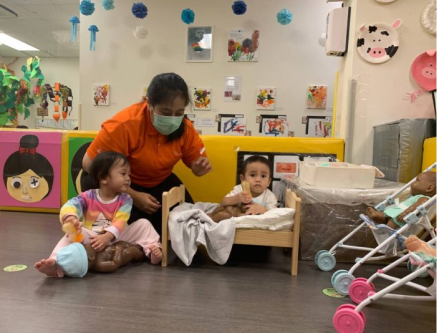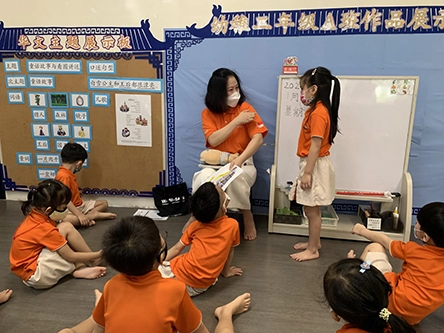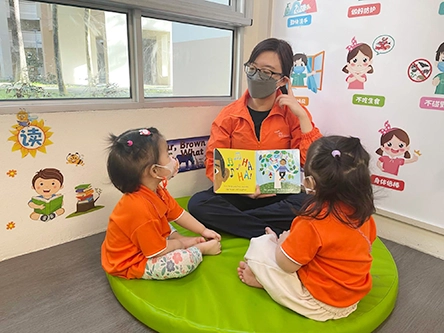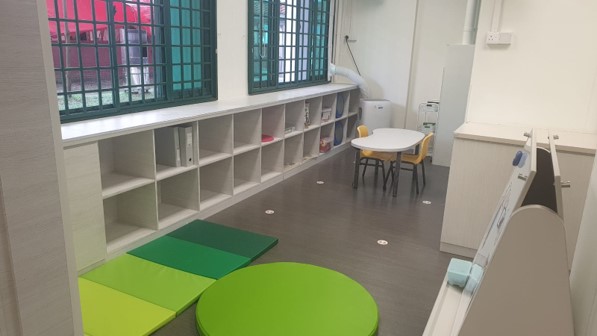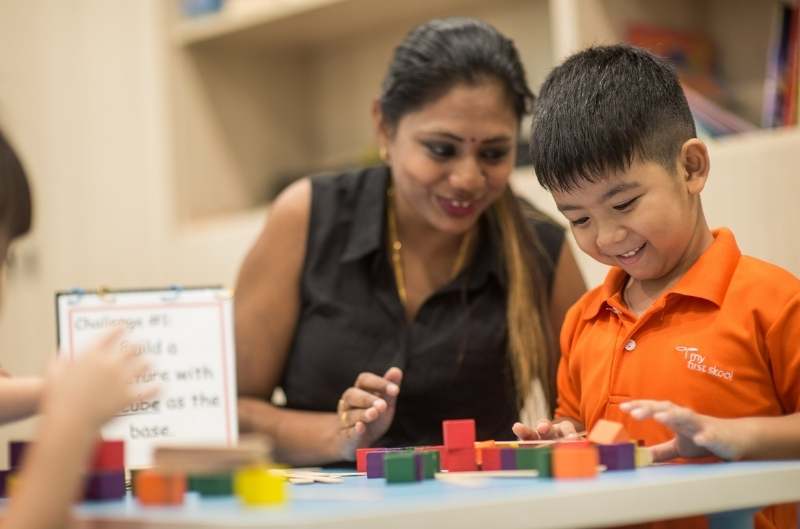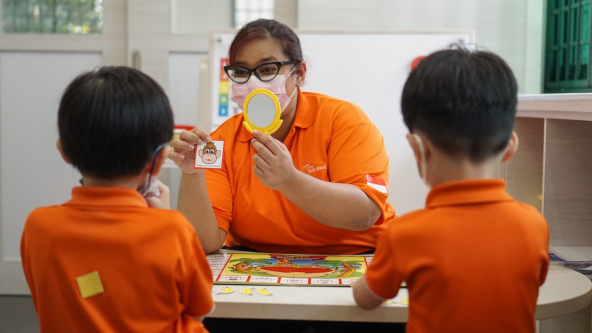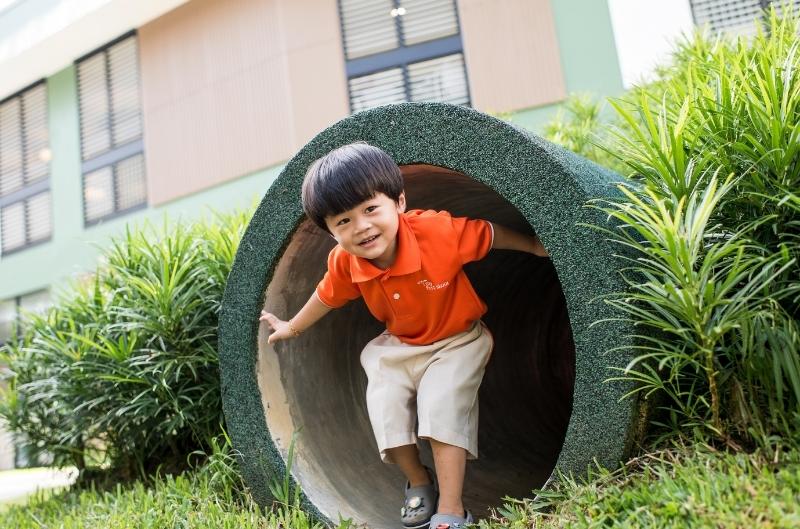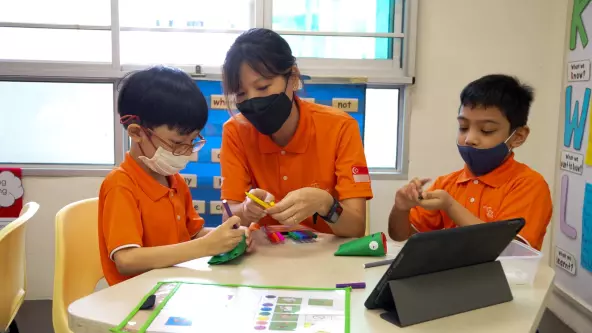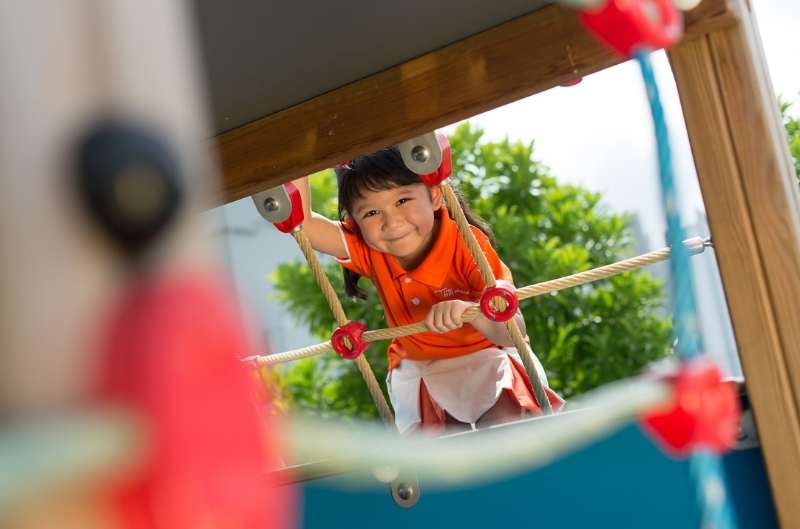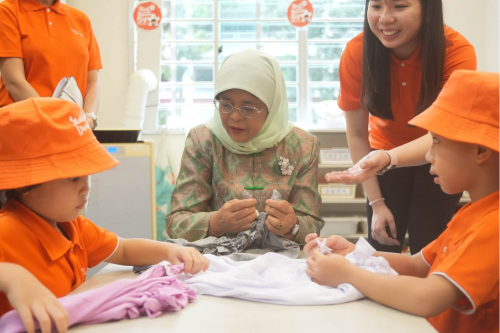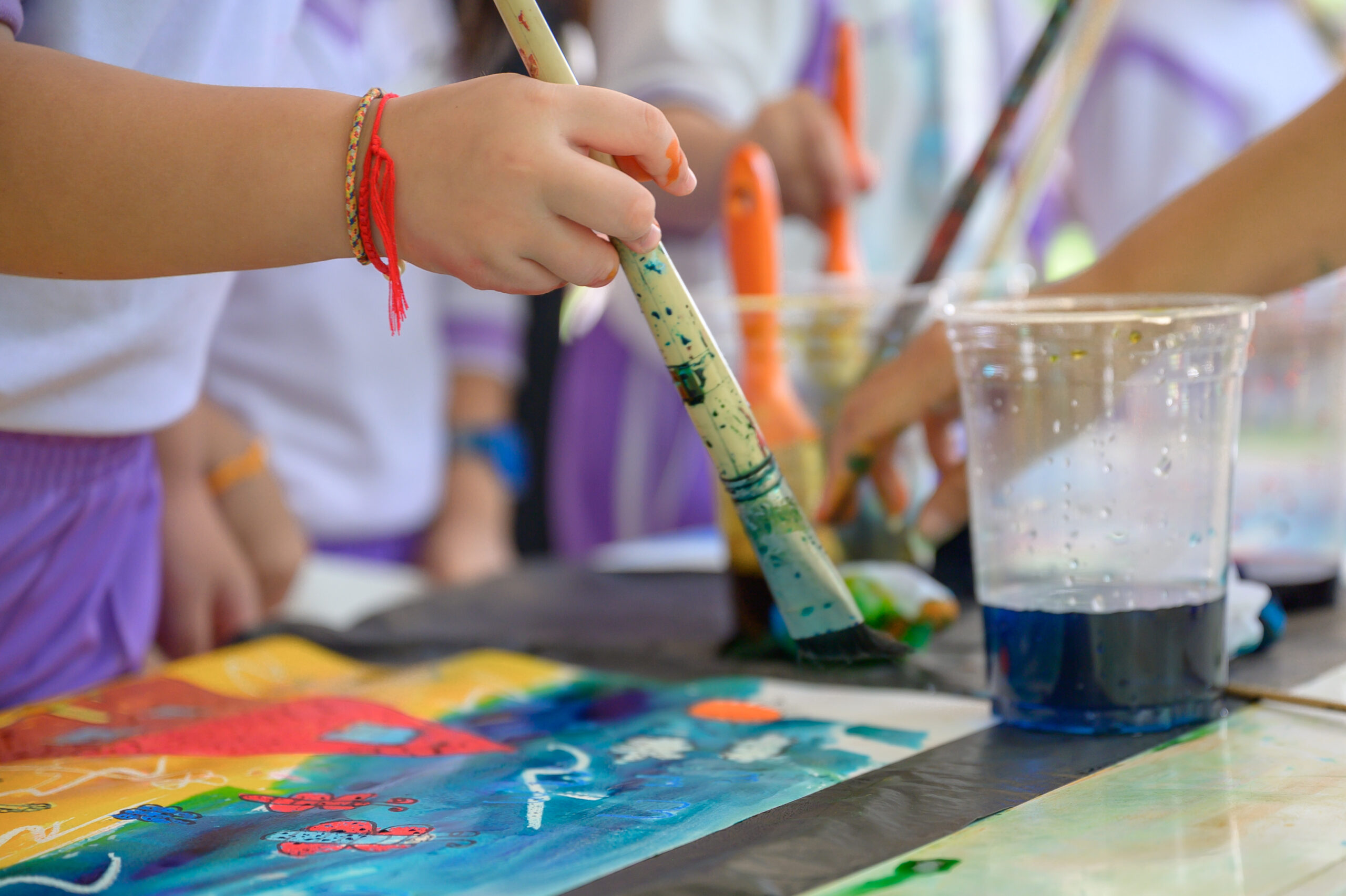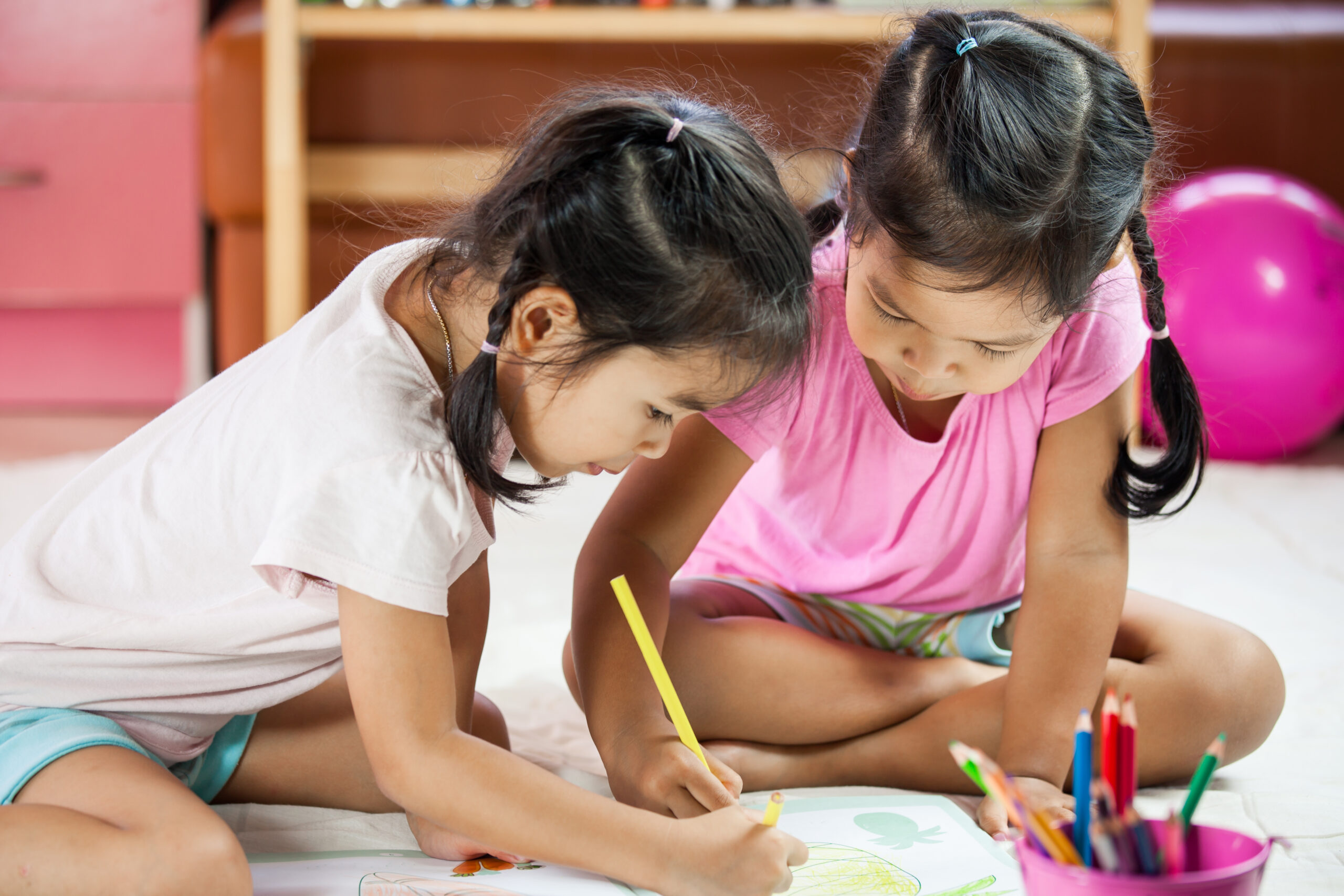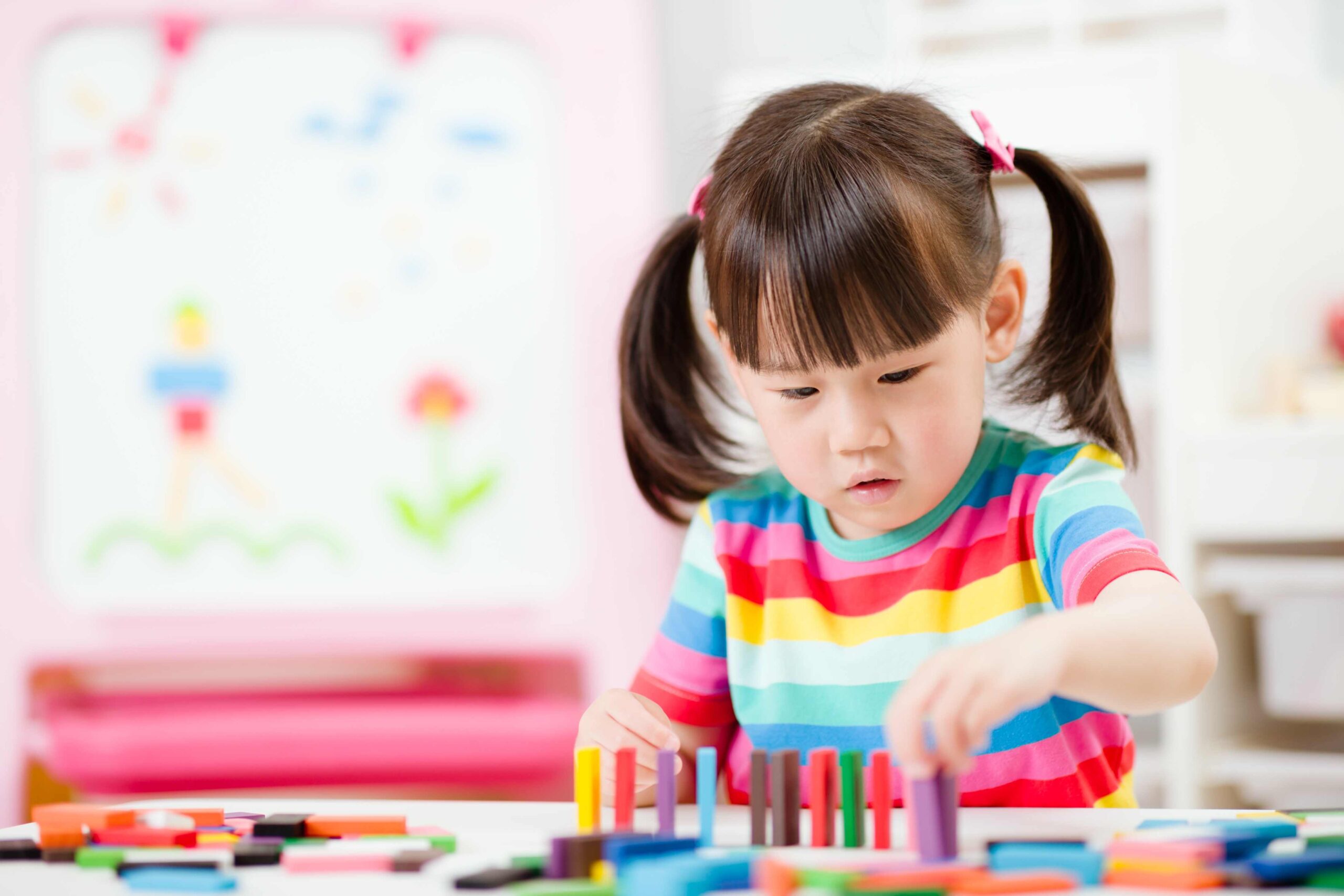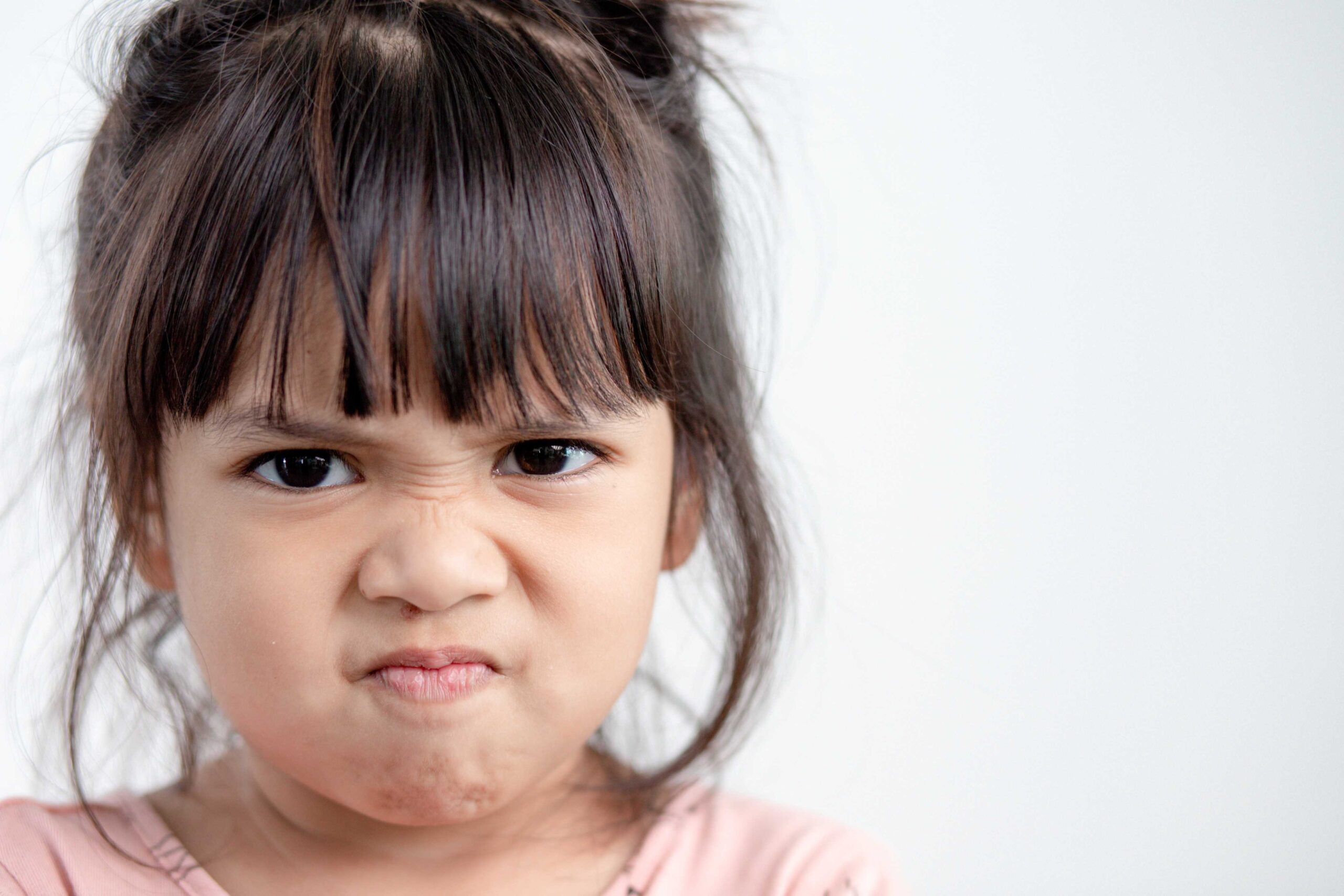How can we help?
Using the Guidance Approach with Children (Part 1)
Positive Parenting
Challenges related to children’s behaviour occur from time to time. These are part of their growing up process, yet parents often find it challenging to deal with children’s misbehaviours. When children misbehave, parents feel compelled to correct them. This often involves ‘discipline’ which usually entails some form of punishment, scolding or nagging. Some parents can remain calm during such episodes, but more often not, parents become frustrated or angry.
Our earlier posts on Temper Tantrums and Jealousy amongst Children in the Family (Siblings) introduced the guidance approach, also known as positive guidance, to deal with children’s tantrums and jealousy. This approach moves away from the traditional notion of behaviour management and focuses on guiding children, rather than controlling them.
This topic will explain to parents why children misbehave and why the guidance approach may work when guiding children’s behaviours. Part I introduces the guidance approach and includes some pointers about managing misbehaviours.
What is the guidance approach?
Drawing on the work of many respected educators, particularly, Dr Louise Porter’s work (2006, 2016), the guidance approach aims to get children to choose to act in a thoughtful, responsible way so that their behaviour is appropriate and acceptable. Instead of using consequences to control children, the approach tries to identify both children’s and parents’ needs and work on the skills needed to help children behave well.
One of its key focus is to teach self-regulation to help children cope with emotional tensions, control their impulses and behaviours. When children internalise the guidance from significant adults to become self-regulated, they are then usually able to
- follow rules and limits,
- understand right from wrong, and
- be considerate and cooperative.
This method is recommended and deemed to be effective for young children who share a warm and loving relationship with their parents.
Why do children misbehave?
Misbehaviours are often behavioural mistakes which indicate some form of inadequacy in children. Possible reasons that children misbehave include:
- a lapse in managing their emotions, impulses or energy;
- lack of means of expressing themselves when they feel unsafe, stressed, frustrated, etc. (e.g. being controlled by adults, adapting to a new caregiver);
- their immaturity – they do not know how to act or react;
- lack of awareness – they do not know the consequences of their actions;
Even when children do know how they should behave, their emotions or impulses often get the better of them. If their misbehaviours are due to the reasons above, parents should step in to help rather than subjecting them to harsh discipline.
For example, a child who snatches things from others needs an adult to help with communication and prosocial skills (i.e. to ask for the thing they want in a socially acceptable manner), and self-regulation skills (i.e. to control their urge to snatch and wait for their turn).
Children before the age of three rely heavily on parents and caregivers to help them control their emotions and behaviours. Self-regulation skills usually emerge around age three, and continue to develop throughout childhood and adolescence. It is therefore normal for misbehaviours to occur during childhood, as children still require repeated practice and external support from their parents and caregivers to facilitate the development of self-regulation.
Why punishment is discouraged?
Adults tend to control children through rewards and punishments (spanking, physical punishment, penalties, even timeouts). These are external controls that will work only when children are being supervised and often result in power struggles. There have been concerns that punishment may
- encourage aggressive behaviour – children may think it is okay for them to follow their parents’ behaviours;
- encourage dishonesty and selfishness – as children attempt to escape punishment by lying or blaming others;
- may undermine parent-child relationship as children view their parents as an authority figure rather than an attachment figure.
While rewards may appear to be effective in motivating children, they actually work in a similar way as punishment to control children. For this reason, rewards must be carefully chosen and given so that they do not give rise to potential problems such as being reward-driven (rather than self-motivated), rising expectations and fear of failure.
What can parents do when children misbehave?
When dealing with misbehaviours, parents should respond with empathy, rather than anger, and focus on helping their children. In this way, they can calm down quickly and learn from experience.
It is also important for parents to consider their children’s capacities. Sometimes, parents may have to adjust their expectations or demands so that they are more manageable for their children.
Ways in which parents can help include:
- acknowledging children’s emotions;
- providing strategies that the child can use to calm themselves or deal with their negative emotions (e.g. drawing how they feel, hugging a soft toy, listening to their favourite songs, etc.);
- teaching acceptable behaviours through modelling (i.e. show what you want them to do);
- helping children to develop the skills they are lacking in, especially self-regulation;
- teaching them to reflect on their behaviours and supporting them in making appropriate behavioural choices;
- teaching them how to resolve the situation.
Concluding comments
As parents in the world of today are increasingly not in favour of the strict parenting style they experienced, it will be useful for them to learn about other methods. The guidance approach identifies a set of key strategies for guiding children’s behaviours without using punishment. Since its eventual objective is for children to behave in a considerate and acceptable way, the guidance approach is highly relevant in Asian societies where obedience is highly valued. In fact, it does much more, as it steers children to be responsible for their actions, including resolving problems and keeping themselves in check, even without adult supervision. After all, it is far more important that your child is motivated to do the right things and proactively regulate their own behaviours.
Strategies of the guidance approach will be discussed in Part II of the topic.
References
Porter, L. (2006). Children are people too: A parent’s guide to young children’s behaviour (4th ed.). Adelaide: East Street Publications.
Porter, L. (2016). Guiding Children’s Behaviour. In M. Ebbeck & M. Waniganayake (Eds.), Play in Early Childhood Education: Learning in Diverse Contexts (2nd ed., pp. 161-182). Sydney, NSW: Oxford University Press
Copyright © Marjory Ebbeck and Wendy Toh 2017
All rights reserved. No part of this publication may be reproduced, stored in a retrieval system, or transmitted in any forms or by any means, electronic, mechanical, photocopying, recording or otherwise, without the prior permission of the Copyright holder.

